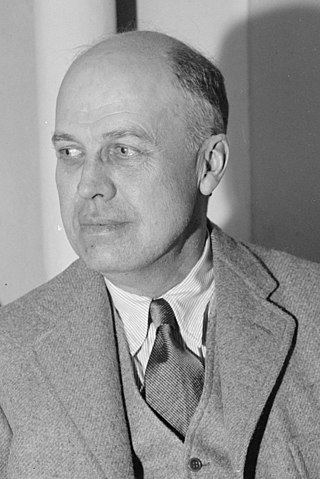
Edward Hopper was an American realist painter and printmaker. While he is widely known for his oil paintings, he was equally proficient as a watercolorist and printmaker in etching.

Laurence Stephen Lowry was an English artist. His drawings and paintings mainly depict Pendlebury, Greater Manchester as well as Salford and its vicinity.

Winslow Homer was an American landscape painter and illustrator, best known for his marine subjects. He is considered one of the foremost painters in 19th-century America and a preeminent figure in American art.

Thomas Cole was an English-born American artist and the founder of the Hudson River School art movement. Cole is widely regarded as the first significant American landscape painter. He was known for his romantic landscape and history paintings. Influenced by European painters, but with a strong American sensibility, he was prolific throughout his career and worked primarily with oil on canvas. His paintings are typically allegoric and often depict small figures or structures set against moody and evocative natural landscapes. They are usually escapist, framing the New World as a natural eden contrasting with the smog-filled cityscapes of Industrial Revolution-era Britain, in which he grew up. His works, often seen as conservative, criticize the contemporary trends of industrialism, urbanism, and westward expansion.

Andrew Newell Wyeth was an American visual artist, primarily a realist painter, working predominantly in a regionalist style. He was one of the best-known U.S. artists of the middle 20th century.
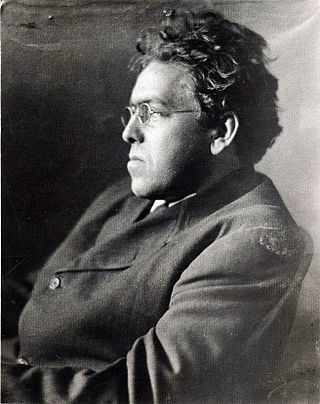
Newell Convers Wyeth, known as N. C. Wyeth, was an American painter and illustrator. He was the pupil of Howard Pyle and became one of America's most well-known illustrators. Wyeth created more than 3,000 paintings and illustrated 112 books — 25 of them for Scribner's, the Scribner Classics, which is the body of work for which he is best known. The first of these, Treasure Island, was one of his masterpieces and the proceeds paid for his studio. Wyeth was a realist painter at a time when the camera and photography began to compete with his craft. Sometimes seen as melodramatic, his illustrations were designed to be understood quickly. Wyeth, who was both a painter and an illustrator, understood the difference, and said in 1908, "Painting and illustration cannot be mixed—one cannot merge from one into the other."
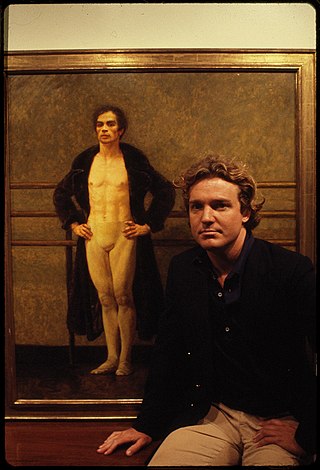
James Browning Wyeth is an American realist painter, son of Andrew Wyeth, and grandson of N.C. Wyeth. He was raised in Chadds Ford Township, Pennsylvania, and is artistic heir to the Brandywine School tradition — painters who worked in the rural Brandywine River area of Delaware and Pennsylvania, portraying its people, animals, and landscape.
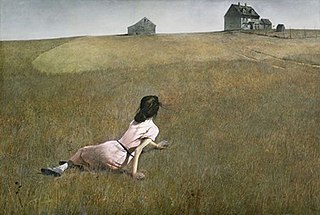
Christina's World is a 1948 painting by American painter Andrew Wyeth and one of the best-known American paintings of the mid-20th century. It is a tempera work done in a realist style, depicting a woman semi-reclining on the ground in a treeless, mostly tawny field, looking up at a gray house on the horizon; a barn and various other small outbuildings are adjacent to the house. It is held by the Museum of Modern Art, in New York.

American Regionalism is an American realist modern art movement that included paintings, murals, lithographs, and illustrations depicting realistic scenes of rural and small-town America primarily in the Midwest. It arose in the 1930s as a response to the Great Depression, and ended in the 1940s due to the end of World War II and a lack of development within the movement. It reached its height of popularity from 1930 to 1935, as it was widely appreciated for its reassuring images of the American heartland during the Great Depression. Despite major stylistic differences between specific artists, Regionalist art in general was in a relatively conservative and traditionalist style that appealed to popular American sensibilities, while strictly opposing the perceived domination of French art.
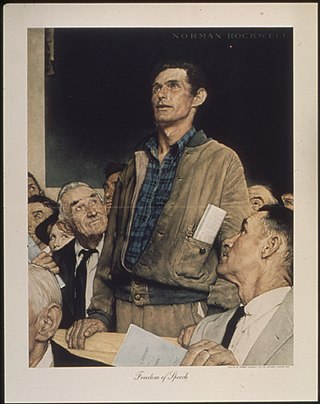
Freedom of Speech is the first of the Four Freedoms paintings by Norman Rockwell, inspired by United States President Franklin D. Roosevelt's 1941 State of the Union address, known as Four Freedoms.
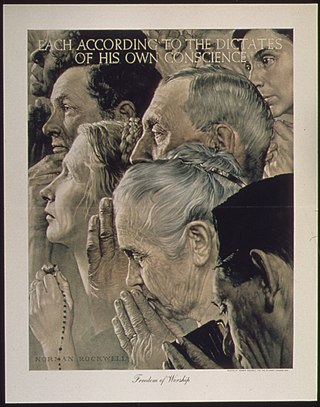
Freedom of Worship or Freedom to Worship is the second of the Four Freedoms oil paintings produced by the American artist Norman Rockwell. The series was based on the goals known as the Four Freedoms enunciated by Franklin D. Roosevelt, president of the United States from 1933 to 1945, in his State of the Union Address delivered on January 6, 1941. Rockwell considered this painting and Freedom of Speech the most successful of the series. Freedom of Worship was published in the February 27, 1943, issue of The Saturday Evening Post alongside an essay by philosopher Will Durant.

The Helga Pictures are a series of more than 268 paintings and drawings of German model Helga Testorf created by American artist Andrew Wyeth between 1971 and 1985.
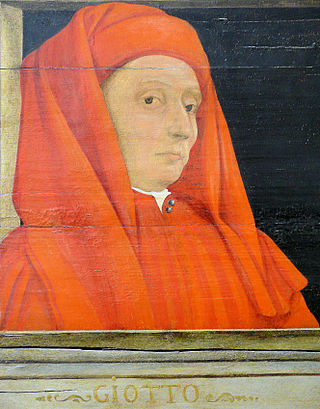
Giotto di Bondone, known mononymously as Giotto and Latinised as Giottus, was an Italian painter and architect from Florence during the Late Middle Ages. He worked during the Gothic/Proto-Renaissance period. Giotto's contemporary, the banker and chronicler Giovanni Villani, wrote that Giotto was "the most sovereign master of painting in his time, who drew all his figures and their postures according to nature" and of his publicly recognized "talent and excellence". Giorgio Vasari described Giotto as making a decisive break with the prevalent Byzantine style and as initiating "the great art of painting as we know it today, introducing the technique of drawing accurately from life, which had been neglected for more than two hundred years".
George Alexis Weymouth, better known as Frolic Weymouth, was an American artist, whip or stager, and conservationist. He served on the United States Commission of Fine Arts in the 1970s and was a member of the Du Pont family.

The Kuerner Farm, also known as Ring Farm, is an historic farm which is located in Chadds Ford, Pennsylvania. It is notable for its association with artist Andrew Wyeth, who created about one-third of his work, more than 1,000 paintings and drawings, on subjects he found there during a span of seventy-seven years.
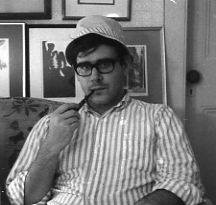
Carroll Nathaniel Jones III was an artist in the style of American realism. Carroll grew up in New Providence, New Jersey, where his father, an illustrator for Life (magazine), was his first art teacher. He taught Carroll techniques of the Old Masters, who emphasized light, perspective, and composition. Carroll went to school in New York City (NYC) and enrolled in the Phoenix School of Design at age 17. He later attended Hartford Art School and became a commissioned portraitist for 10 years. After his work, Church Window was recognized in the New York Times, he moved away from portraits to recreate scenes that sparked memories of his childhood. Andrew Wyeth and Edward Hopper most influenced Jones. The Coe-Kerr Gallery of NYC and Whistler's Daughter Gallery of New Jersey represented Jones and contemporaries, Wyeth and Hopper. Malcolm Forbes, Frederick R. Koch, Stephen Sondheim, William Schuman, and Jean Shepherd held private collections. He exhibited at Newark Museum and Trenton Art Museum in New Jersey, and in universities, galleries and museums in seven states by his mid-thirties. His work is part of the permanent collections of Seton Hall University and Newark Museum. Art critic Marion Filler considered his work Magic realism, a quiet movement made famous in America beginning in the 1920s by Hopper, and related to Surrealism.

Winter Fields is a 1942 painting by the American artist Andrew Wyeth. It depicts a dead, frozen crow in a landscape with fields and distant farm buildings. The painting is hosted at the Whitney Museum of American Art, in New York.

Wind from the Sea is a 1947 painting by the American artist Andrew Wyeth. It depicts an inside view of an open attic window as the wind blows the thin and tattered curtains into the room.

Windows in the West is a 1993 watercolour painting by the Scottish artist Avril Paton. The painting was bought by the city of Glasgow for the Glasgow Gallery of Modern Art, and is currently on display at the Kelvingrove Art Gallery and Museum.
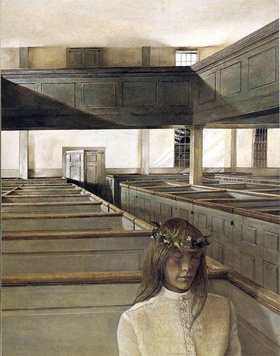
Maidenhair is a 1974 painting by the American artist Andrew Wyeth. It depicts a young bride-to-be sitting alone in the Old German Meeting House in Waldoboro, Maine.



















